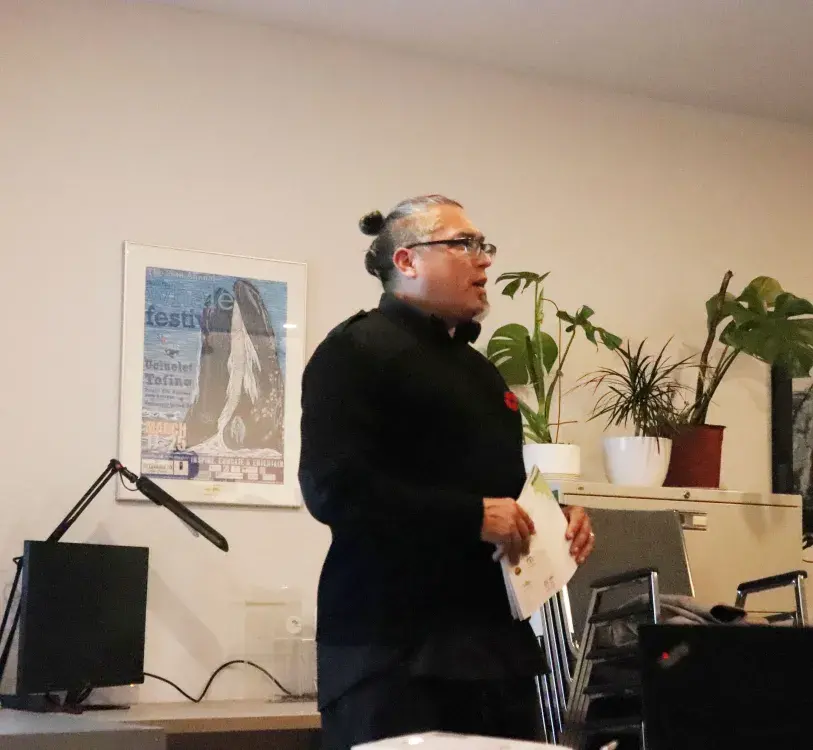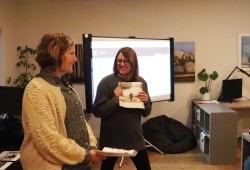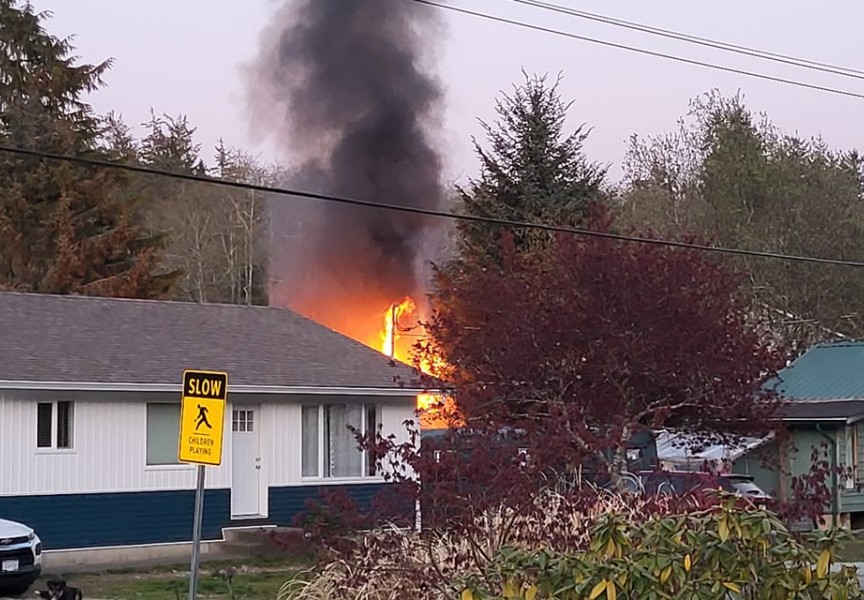On Nov. 9, Clayoquot Biosphere Trust 2023 vital signs report was launched, revealing an over five-dollar increase in the living wage for Vancouver Island’s west coast communities.
The living wage grew to $26.51 per hour, while in 2021 it was $21.25.
According to Living Wage BC stats, Clayoquot Sound’s living wage is the highest in the province.
“The rising cost of food, shelter, and transportation were the most significant contributors to the increase in the living wage,” said Rebecca Hurwitz, executive director of CBT.
“The cost of shelter continues to climb in our region, and as does food,” said Hurwitz. “But when it comes to transportation, the living wage for families actually changed the way that the calculation is done for rural and remote communities.”
Previously the living wage was calculated based on one vehicle per family, she shared, but due to the lack of public transportation methods throughout the Clayoquot region, the calculation is now done based on two vehicles per family.
“Realistically, both parents are going to need a vehicle in a place like this in order to be employed,” said Hurwitz, reflecting on the calculations done in collaboration with Living Wage BC. “Many of the folks who are earning a living wage would be working shift work or service work, where they're required to be at a certain place at a certain time, and they would need a vehicle to do that in a rural place.”
“It really just shows the importance of transit to living-wage families,” she added.
For Nuu-chah-nulth communities, there are additional transportation costs by water taxi or vehicle.
Return costs for Esowita amount to $18.50, Opitsaht, $14, Ahousaht, $60, Macoach, $40, and Hot Springs Cove, $150, reads the Vital Signs report.
Saya Masso, a member of the advisory committee for the Vital Signs report, lives in Opitsaht and takes a water taxi to and from town.
“Even for people to go to work [in Tofino], between your taxi there and back, that's 15 bucks,” said Masso. “Your first hour of work is gone, before you get to work.”
“It is a lot to overcome,” continued Masso, adding that for youth who want to ride their bike on the trail, they have to account for the cost of the boat ride to town which creates barriers.
“It does affect how you live your life,” he said. “You go home from work with groceries, you don't go [on] special trips over for groceries, you make those return trips with them.”
For groceries on the west coast, it is 21 per cent more expensive than Port Alberni, reads the report.
“To buy a bottle of water it’s worth more than gas,” said Elmer Frank, elected chief of Tla-o-qui-aht. “If you take a look at gas being two dollars a litre and if you take a look at buying a bottle of water for 500 milliliters, that’s over two dollars.”
“It's really beyond our control, unfortunately, because we don't control the markets of the products that come into the Tofino Coop,” said Frank.
According to the CBT website, the living wage is the hourly wage required in a two-parent household to cover basic expenses for a family of four, which includes housing, food, transportation, childcare, health care, and recreation.
This is the “bare bones” that a family needs to live an “adequate quality of life”, reads the site.
In 2021, 51 per cent of residents throughout the region earned less than the living wage.
“On the west coast, median income per person varies between communities and ranges from $22,400 and $42,800,” reads the Vital signs report, while the median income for BC is $40,800.
“Living wage is what we here as a community decide is what is needed to have a family live a good, healthy, happy life,” said Erika Goldt, lead for CBT’s Eat West Coast food security initiative. “It's not just about your housing and your food, but you need to educate your kids, buy kids' clothes, maybe take some continuous learning opportunities.”
“We're seeing lots of challenges with the cost of living, but at the same time, we're also seeing many more people living above the poverty wage, [and] we're seeing some of the wages go up,” said Goldt. “We're seeing a lot more families staying in the region, we're seeing our school population increase a lot; there's a lot of positive things too.”








